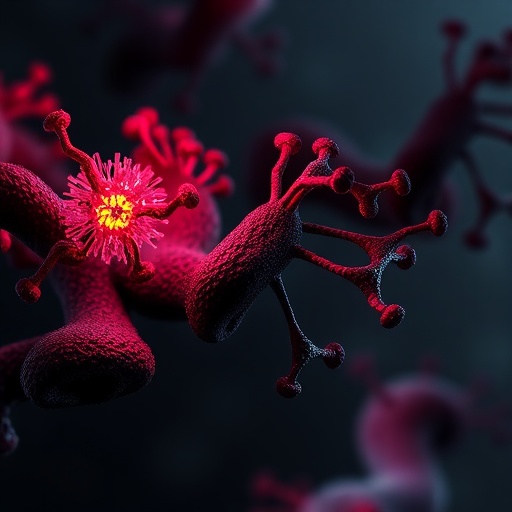Along with many other harmful health consequences, smoking tobacco causes chemical changes, oxidative stress and inflammation in the brain. Excessive alcohol use can have similar effects. Surprisingly, however, very few studies have examined the combined impact of smoking and alcohol on the brain. Now, researchers reporting in ACS Chemical Neuroscience have shown that in rats, the joint use of tobacco and alcohol could increase neural damage in particular brain regions.
According to the National Institute on Alcohol Abuse and Alcoholism, many people who smoke tobacco also drink alcohol excessively, and vice versa. Therefore, studying the combined effects of the two drugs on the central nervous system could yield valuable insights. But most previous studies have examined the consequences of one or the other in isolation. That’s why Alana Hansen and colleagues wanted to find out how drinking and smoking together affect regions of the rat brain involved in drug addiction.
The researchers treated rats with alcohol, tobacco smoke or both twice a day for 28 days and then compared their brains with control animals that didn’t receive either substance. They found that the combined alcohol and smoking treatment increased the level of reactive oxygen species in the hippocampus compared with control animals or rats given tobacco smoke alone. In all of the brain areas studied, combined alcohol and smoking increased the levels of specific pro-inflammatory cytokines more than either treatment alone. And in the striatum and frontal cortex, rats with both treatments showed lower levels of brain-derived neurotrophic factor, a growth factor that helps existing neurons survive and stimulates the growth of new ones. These results suggest that alcoholics who smoke could be at additional risk for neural damage, the researchers say.
###
The authors acknowledge funding from the Coordination of Improvement of Higher Education Personnel (CAPES), the National Council for Scientific and Technological Development (CNPq) and the Federal University of Rio Grande do Sul (UFRGS).
The abstract that accompanies this study is available here.
The American Chemical Society, the world’s largest scientific society, is a not-for-profit organization chartered by the U.S. Congress. ACS is a global leader in providing access to chemistry-related information and research through its multiple databases, peer-reviewed journals and scientific conferences. ACS does not conduct research, but publishes and publicizes peer-reviewed scientific studies. Its main offices are in Washington, D.C., and Columbus, Ohio.
To automatically receive news releases from the American Chemical Society, contact [email protected].
Follow us on Twitter | Facebook
Media Contact
Katie Cottingham
[email protected]
http://dx.




